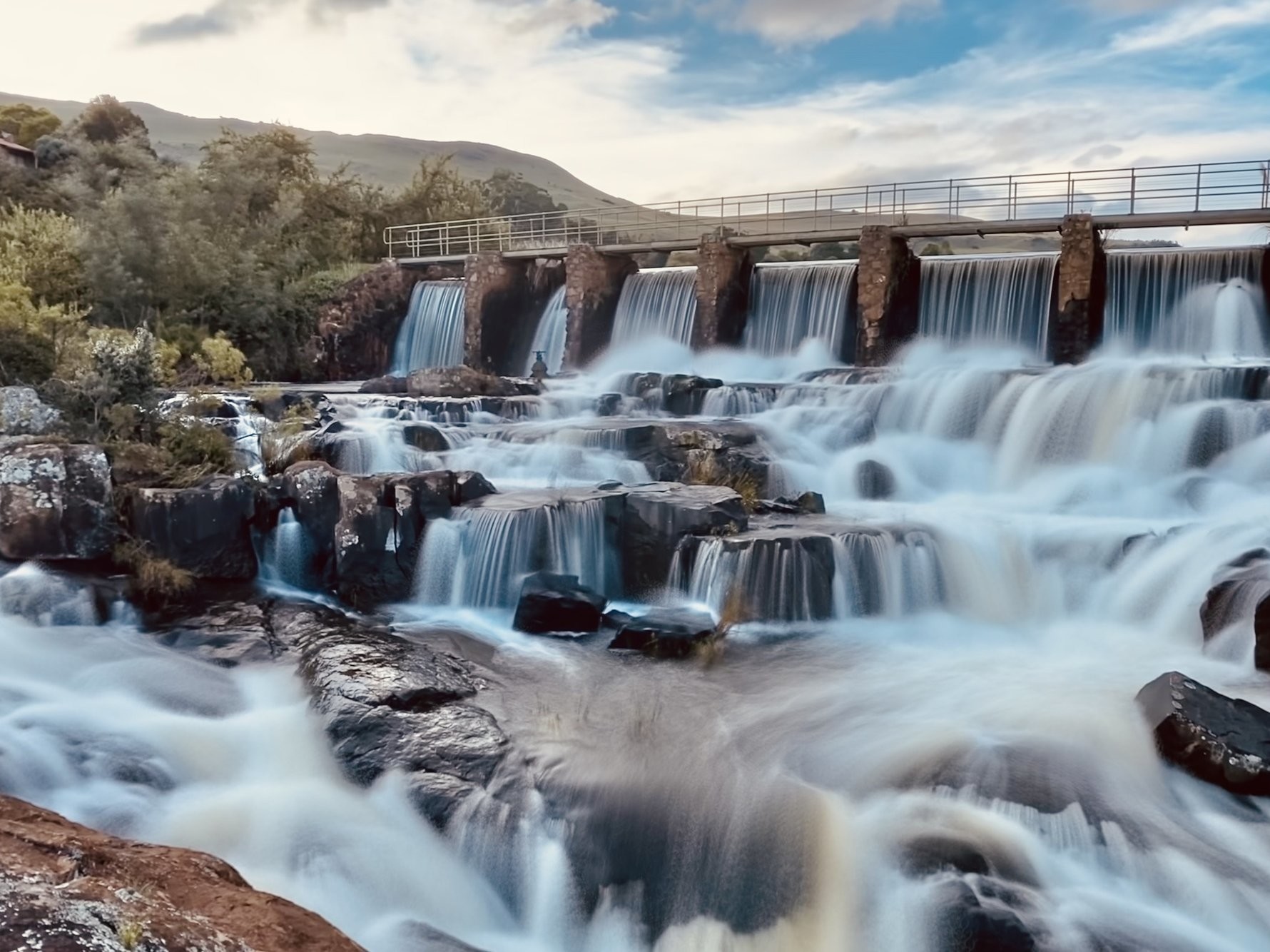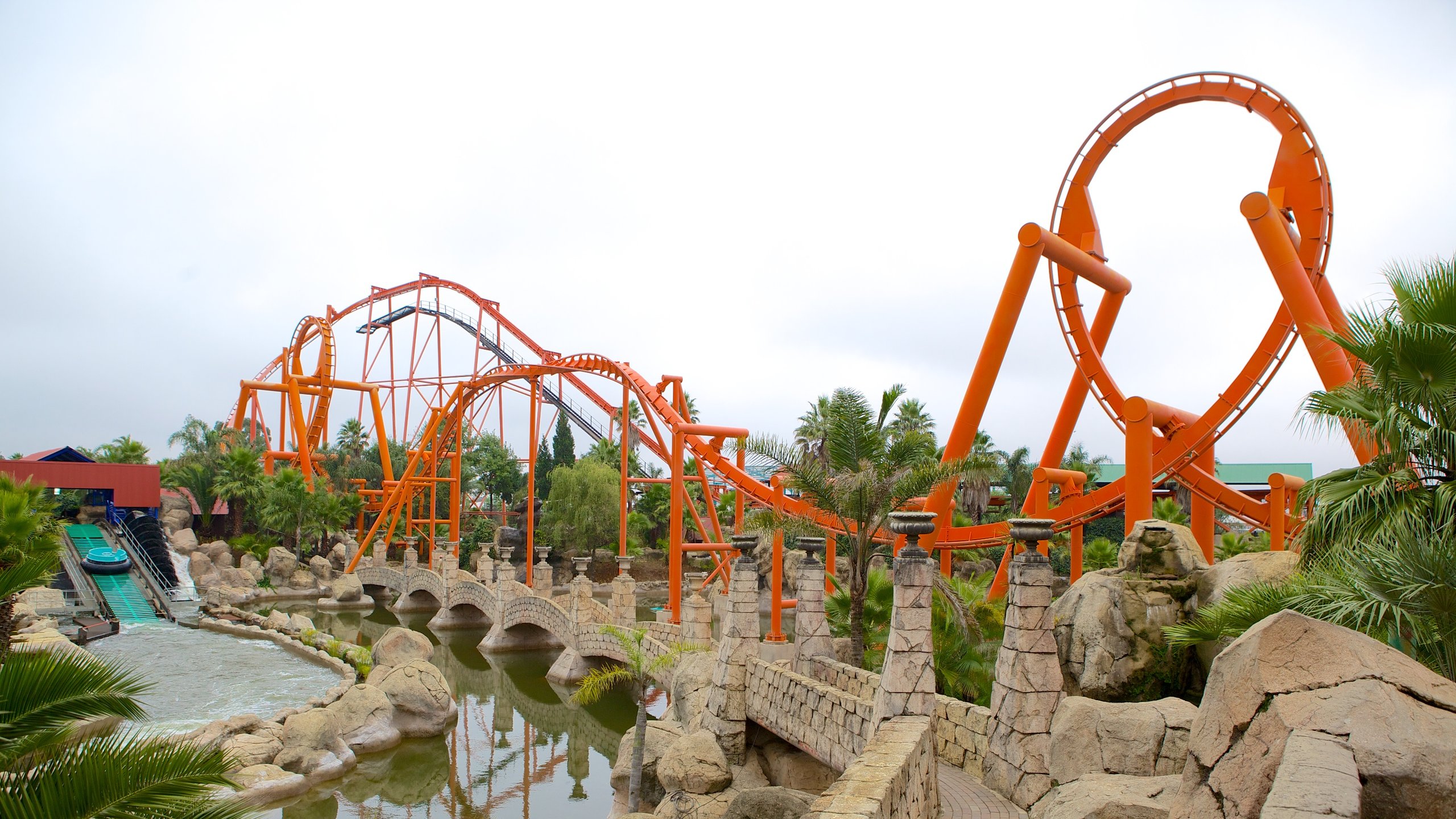Johannesburg North Attractions for Beginners
Johannesburg North Attractions for Beginners
Blog Article
Not known Facts About Johannesburg North Attractions
Table of ContentsThe Ultimate Guide To Johannesburg North AttractionsThe 10-Second Trick For Johannesburg North Attractions6 Easy Facts About Johannesburg North Attractions DescribedThe Ultimate Guide To Johannesburg North AttractionsJohannesburg North Attractions Can Be Fun For EveryoneJohannesburg North Attractions Can Be Fun For Anyone
The city grew on the side of the Witwatersrand Key Coral reef, a subterranean stratum of gold-bearing quartz-silica corporation that arcs for hundreds of miles underneath the Highveld - Johannesburg North attractions. Many of the gold mines in the city discontinued operation in the 1970s, yet in its day the Witwatersrand gold market accounted for even more than 40 percent of the world's annual gold production.Johannesburg has a temperate climate. The city delights in about eight hours of sunlight per day in both wintertime and summertime.
What rain the city receives drops practically solely in the summer months, frequently in amazing late-afternoon electrical storms., where several citizens still depend on coal for fuel.

The Main Principles Of Johannesburg North Attractions
The equilibrium of the city is occupied by whites. Lodging varies in personality and high quality.
Physical growth, although somewhat restricted by transport, continued quickly as migration to South Africa, and Johannesburg in certain, increased dramatically. This trouble was resolved in the 1930s when the automobile was presented in automation to South Africa. Automobiles were, for the a lot of part, constrained to the wealthy, and permitted them to transfer to the north of the city and commute into the centre.
Many bad suburbs were blended, with bad blacks and whites living with each other, although the affluent suburbs were normally booked for whites.
The previous system of eleven numbered areas was reorganised in 2006. Marshalltown, as seen from the top of the Carlton Centre. The M1 and M2 run behind the buildings, and the southern suburban areas prolong past the freeway boundary. The inner city of Johannesburg lies within the city's Region F. The number of people living in the internal city on an informal basis is unidentified, as several are prohibited immigrants. The joblessness, education and learning, and age accounts of the area are all unidentified, due to the problem of acquiring reputable information about the location.
An Unbiased View of Johannesburg North Attractions
Centred on the CBD, the area includes the residential areas of Yeoville, Bellevue, Troyeville, Jeppestown, and Berea to the east. To the west it infects Pageview (Johannesburg North attractions) and Fordsburg. There are little industrial parks to the south, such as City West-Denver and Benrose. Around 800,000 travelers go through the central city on a daily basis, and it functions as a local purchasing node for site visitors from the southerly residential areas. Yeoville and Bellevue have a mix of apartment and solitary domestic systems on small lots. The region is situated on a hilly divide that runs from eastern to west. The most conspicuous geographical feature is Observatory Ridge, which is called for the big observatory situated on it. The entertainment areas are no more utilized, as a result of safety issues.

Examine This Report on Johannesburg North Attractions
R. Tambo International Airport Terminal). The eastern suburban areas are some of the earliest areas of Johannesburg, there are large communities of Jewish and other European histories, the majority of the population is English speaking. There are three fairway along with a number of protected ridges with viewsites. There are numerous strong and up-market amusement and purchasing locations in the east such as the Eastgate Mall and the Greenstone shopping center.
The location is mainly made up of old "matchbox" residences, or four-room houses constructed by the this contact form government, that were built to give economical holiday accommodation for black workers throughout apartheid. Soweto is an abbreviation, meaning "South Western Townships". Road after road in this field is lined with matchboxes; however, there are a few smaller sized locations where flourishing Sowetans have built homes that are a lot more comparable in stature with those in more wealthy residential areas.
Hostels are another noticeable physical feature of Soweto. Originally developed to house male migrant workers, several have actually been improved as houses for couples and families. The N1 Western Bypass skirts the eastern limit of Soweto. The suburban area was not historically allowed to develop employment centres within the check this site out area, so mostly all of its citizens are travelers to various other components of the city.
Some Known Details About Johannesburg North Attractions
The N1 Western Bypass attaches the north residential areas with the north-western suburban areas. The houses in the north suburbs are mostly official, without any significant locations of informal housing, or housing that does not have an irreversible framework. This is a recognized area, there is a trend of land usage change from residential to industrial, particularly along major arterial roadways and around established nodes.
Roadways to the east and west are less well developed, as there are look what i found no freeways travelling in that instructions. Towards the northern border of the city, the thickness of growth reduces, leaving big locations of undeveloped land around Midrand.
How Johannesburg North Attractions can Save You Time, Stress, and Money.
, which is situated on a hill ignoring the inner city and Hillbrow.
Report this page